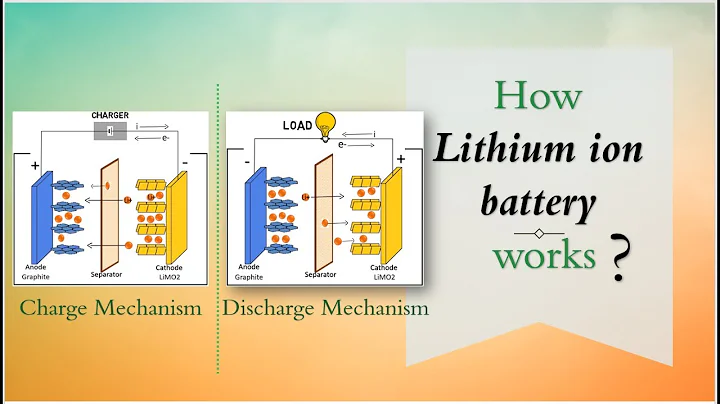Lithium-sulfur battery has an energy density of up to 2600 Wh kg-1 and is a next-generation secondary battery with great application prospects. However, there are several important scientific issues with the sulfur cathode that seriously affect the electrochemical performance of lithium-sulfur batteries, including: the shuttle problem of soluble lithium polysulfide, the volume expansion problem during the sulfur cathode cycle, sulfur and its discharge products ( Electronic insulation issues with lithium sulfide ). So far, many carbon-based or carbon-based/ metal compound nanomaterials have been widely studied as sulfur carriers, and the performance of lithium-sulfur batteries has been significantly improved. However, the porosity of nanoscale electrodes is often larger (70%), requiring the use of a high electrolyte/sulfur ratio (E/S 15 μL mg-1) to assist in achieving their active material utilization and electrochemical performance. Severely reduces the energy density of lithium-sulfur batteries. Without affecting the utilization rate and performance of the sulfur cathode active material, reducing the E/S value by reducing the porosity of the electrode is of great significance for realizing high energy density lithium-sulfur batteries.

Recently, Huazhong University of Science and Technology Professor Sun Yongming’s research group proposed a bulk sulfur/graphene particle electrode. The electrode has a porosity of about ~41% and a sulfur loading of about 9.0 mg cm-2, where Sulfur is confined in vertically aligned graphene nanochannels (width ~12 nm). The strong chemical adsorption capacity of graphene nanochannels (heteroatom content up to 11.9 at%) and capillary effect help anchor lithium polysulfide and regulate the deposition of lithium sulfide, while the nanochannels perpendicular to the current collector help electrolyte Penetration and ion transport of . Therefore, when the E/S of the bulk sulfur/graphene particle electrode is about 2.5 μL mg-1, the active material utilization reaches 72.4% and the surface capacity reaches 10.9 mAh cm-2. The electrode achieves 520 Wh kg- It has a mass energy density of 1, a volume energy density of 1635 Wh L-1 and stable cycle performance. This work solves the problems of low active material utilization and slow reaction kinetics in sulfur electrodes with low porosity and high load by designing the pore structure of sulfur electrodes, and provides a high-performance, high-energy-density lithium-sulfur electrode. Battery research provides new ideas.

Recently, Nano Letters published online the relevant research results entitled Realizing high utilization of high-mass-loading sulfur cathode via electrode nanopore regulation . The first unit to complete this research work is the Wuhan National Research Center of Optoelectronics of Huazhong University of Science and Technology, which received funding from the National Natural Science Foundation of China.
Source: Huazhong University of Science and Technology
Paper link:
https://pubs.acs.org/doi/full/10.1021/acs.nanolett.2c02258





















